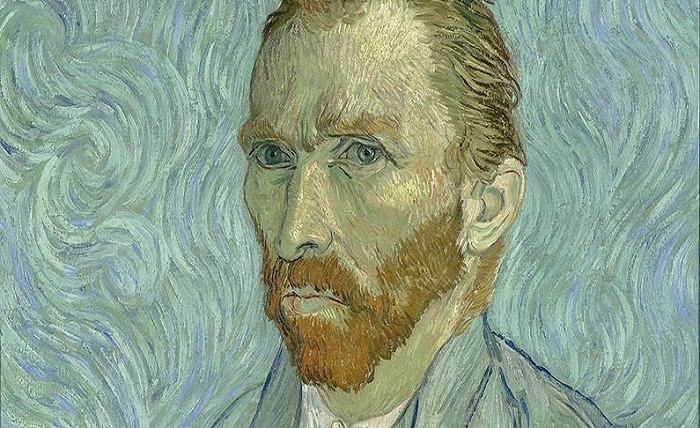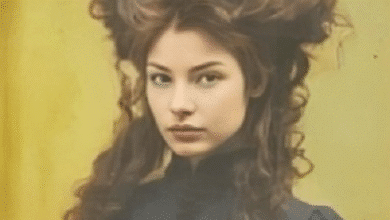Famous Portraits in History and Their Impact on Culture

Portraiture has been a significant art form throughout history, capturing not only the likeness of individuals but also the cultural, political, and social climates of their times. Some portraits have transcended their original purpose, becoming symbols of broader cultural narratives and influencing the world of art and society. This article explores some of the most famous art portraits, delving into their history, significance, and lasting impact on culture.
The Mona Lisa: The Icon of Enigmatic Beauty
Arguably the most famous portrait in history, Leonardo da Vinci’s Mona Lisa has captivated audiences for centuries. Painted between 1503 and 1506, this masterpiece is renowned for its enigmatic smile and detailed background. The subject’s ambiguous expression has sparked endless debates, while the painting’s composition exemplifies Renaissance ideals of beauty and proportion.
The Mona Lisa has influenced countless art movements and continues to inspire artists today. Its impact extends beyond the art world into popular culture, where it is often referenced, parodied, and celebrated. The portrait’s appeal lies not only in its artistic mastery but also in its ability to evoke mystery and intrigue, reflecting the complexities of human emotion.
Girl with a Pearl Earring: The Power of Simplicity
Johannes Vermeer’s Girl with a Pearl Earring, often referred to as the “Mona Lisa of the North,” is another portrait that has deeply impacted culture. Painted in the 17th century, this artwork captures a young girl in a turban with a large pearl earring, her gaze directed toward the viewer in a captivating, almost intimate manner.
The simplicity and elegance of the portrait, combined with Vermeer’s mastery of light, have made it a favorite among art lovers and historians alike. The painting has inspired books, films, and exhibitions, cementing its place in art history as a symbol of quiet beauty and mystery. It also highlights the significance of everyday subjects in art, shifting the focus from grand narratives to intimate human moments.
Portrait of Adele Bloch-Bauer I: Art and Controversy
Gustav Klimt’s Portrait of Adele Bloch-Bauer I, completed in 1907, is a stunning example of art nouveau. This portrait, often called the “Golden Adele,” depicts a wealthy Viennese woman adorned in a golden gown, surrounded by intricate patterns that blend Klimt’s signature style with elements of Byzantine art.
The painting’s history is fraught with controversy due to its confiscation by the Nazis during World War II and the subsequent legal battle for its return to Bloch-Bauer’s heirs. Its story reflects the turbulent history of 20th-century Europe and the ongoing struggle for art restitution. The portrait’s cultural impact is profound, symbolizing not just artistic beauty but also the complexities of ownership, heritage, and justice in the art world.
The Arnolfini Portrait: A Window into the Past
Jan van Eyck’s Arnolfini Portrait, painted in 1434, is one of the earliest examples of art portraits that tell a story beyond the surface. This double portrait of Giovanni di Nicolao di Arnolfini and his wife is filled with symbolic details, from the mirror reflecting the room to the dog symbolizing fidelity. It serves as both a personal record and a document of 15th-century life.
The painting’s impact lies in its meticulous detail and innovative use of oil paint, which allowed for incredible realism. The Arnolfini Portrait has influenced generations of artists who seek to capture more than just a subject’s appearance, delving into their lives, surroundings, and personal stories.
American Gothic: A Portrait of Rural America
Grant Wood’s American Gothic is an iconic representation of American life during the Great Depression. Painted in 1930, it depicts a stern-looking farmer and his daughter standing before a Gothic-style house, reflecting the resilience and austerity of rural America.
This portrait has become a symbol of the American Midwest, celebrated and critiqued for its depiction of traditional values. Its impact extends into pop culture, with countless parodies and references that keep the painting relevant today. American Gothic resonates as both a historical document and a commentary on American identity.
Portrait of Madame X: Scandal and Sensation
John Singer Sargent’s Portrait of Madame X caused a scandal when it was first exhibited in 1884 due to its daring composition and the subject’s provocative pose. The portrait features Virginie Amélie Avegno Gautreau, a Parisian socialite known for her beauty and bold fashion.
The initial outrage over the portrait’s perceived indecency nearly ruined Sargent’s career, but it has since been recognized as a masterpiece of portraiture. The painting’s boldness challenged contemporary norms of femininity and decorum, influencing the way women were depicted in art.
Conclusion: The Timeless Influence of Portraits
Famous art portraits are more than just images; they are powerful cultural artifacts that reflect and shape society. From the mysterious smile of the Mona Lisa to the simple elegance of the Girl with a Pearl Earring, these portraits continue to captivate and inspire. They serve as windows into the past, capturing not only the appearance of individuals but also the essence of their times. As we continue to engage with these artworks, their impact on culture and art remains profound, reminding us of the enduring power of the human face in art.




